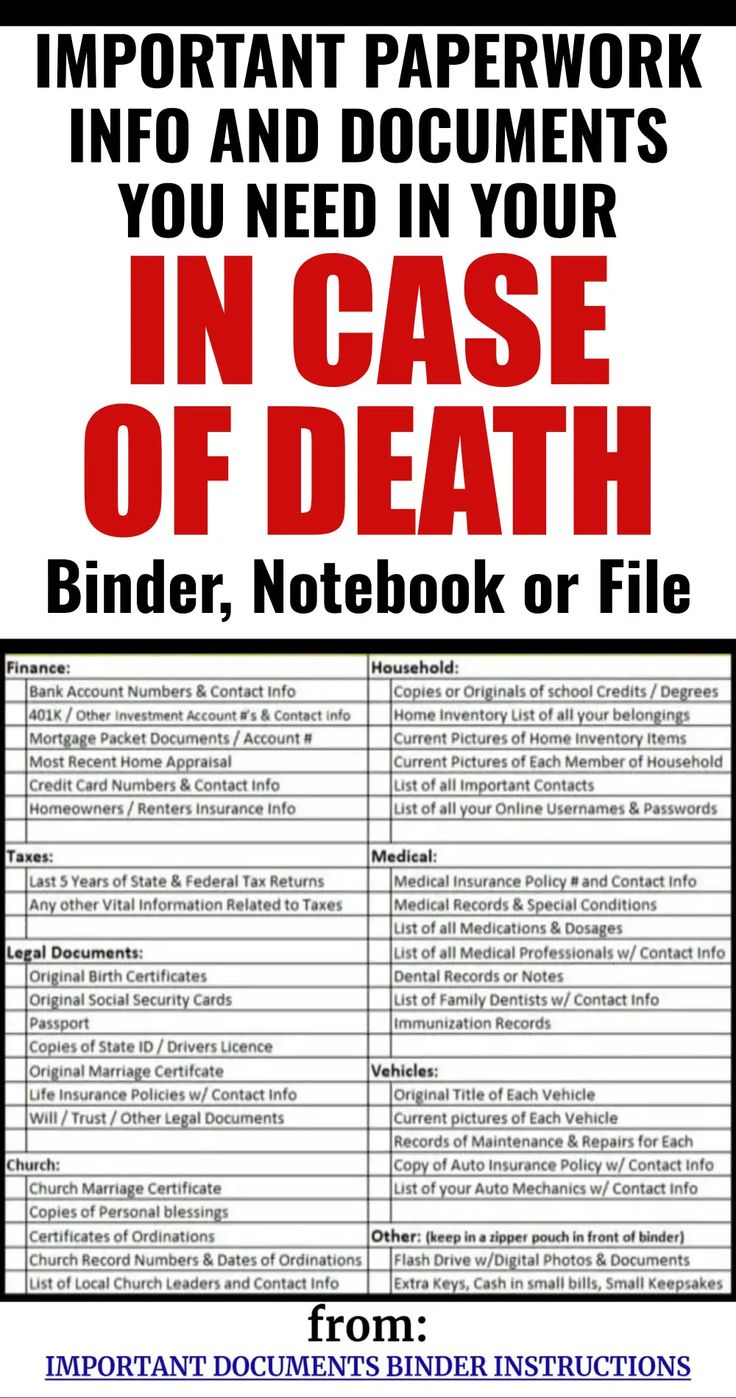5 Key Facts About NAR Paperwork You Should Know

Buying or selling a property can be one of the most significant transactions in an individual's life. To ensure everything goes smoothly, many turn to the National Association of Realtors (NAR) for guidance, particularly regarding paperwork. Here are five key facts about NAR paperwork that both buyers and sellers should know:
The Role of NAR in Real Estate Transactions

The NAR plays a pivotal role in the real estate industry, not only by providing education and setting ethical standards but also by developing standardized forms and contracts. These documents are critical in facilitating real estate transactions. Here’s what you need to know:
- Standardization: NAR’s forms standardize real estate documentation, reducing the chance of misunderstanding or errors.
- Legal Framework: These forms are often developed with legal input to ensure they comply with state and federal laws.
- Accessibility: NAR members have access to these forms, which are regularly updated to reflect changes in real estate laws.

🏡 Note: Understanding the NAR’s involvement in real estate transactions can significantly streamline the process for both buyers and sellers.
NAR Paperwork: What to Expect

When engaging in a real estate transaction, here’s what you might encounter in terms of NAR paperwork:
- Purchase Agreement: The cornerstone document detailing terms of the sale like price, contingencies, and closing date.
- Disclosure Forms: Sellers must disclose known property issues; NAR forms help in standardizing this process.
- Offer to Purchase: Outlines the buyer’s offer terms to the seller.
- Counteroffers: Allows for negotiation of terms post the initial offer.
- Settlement Statement: Summarizes all financial transactions related to the purchase or sale.
📝 Note: Familiarize yourself with these documents to have a smoother transaction experience.
Importance of Accurate Completion

Completing real estate paperwork correctly is critical. Here’s why:
- Avoiding Legal Issues: Inaccurate or incomplete documents can lead to legal disputes or delays.
- Protection of Interests: Properly filled out forms ensure your interests are protected legally.
- Streamlining Process: Accurate paperwork means fewer back-and-forths, reducing transaction time.
🔍 Note: An error in paperwork can have costly repercussions; always double-check everything.
Electronic vs. Physical Paperwork

Real estate transactions are increasingly moving towards electronic documentation, thanks to:
- Convenience: Online platforms allow for instant access and completion of documents.
- Efficiency: E-signatures speed up the process, reducing wait times for document signing.
- Safety: Digital forms are less likely to be lost or damaged compared to physical copies.
🔒 Note: Electronic paperwork has to meet specific legal standards to be valid; ensure your documents comply.
Getting Help with NAR Paperwork

If navigating through NAR forms and paperwork seems overwhelming, here are some options for assistance:
- Realtors: NAR members are trained to understand and explain the forms and help complete them.
- Real Estate Lawyers: Provide legal advice and can review documents for accuracy and completeness.
- Title Companies: Often handle much of the documentation, ensuring everything is in order for the closing.
- Online Resources: Websites offering real estate forms and guides, though not a substitute for professional advice.
💡 Note: Seeking professional help can be invaluable for a stress-free transaction.
Understanding NAR paperwork is crucial for anyone involved in real estate. These forms and contracts govern the buying and selling process, setting clear expectations and protecting the parties involved. Familiarizing oneself with the types of documents, the importance of accurate completion, the shift to electronic methods, and where to seek help when needed, ensures a smoother transaction. Remember, real estate transactions involve substantial sums of money, legal obligations, and complex documentation. Leveraging the expertise of NAR members, legal professionals, or real estate service providers can save time, reduce errors, and ultimately help in achieving the best possible outcome in your real estate deal.
What are the most common mistakes in NAR paperwork?

+
Common mistakes include incorrect dates, missing signatures, incomplete property descriptions, and overlooking necessary disclosures. Always review forms carefully before signing.
Can I use electronic signatures on NAR forms?

+
Yes, electronic signatures are legally recognized, and many NAR forms can be signed electronically as long as they meet the electronic transaction standards set by law.
How can I make sure my real estate transaction is legally binding?

+
Ensure all documents are correctly filled out, all parties understand the terms, and signatures are provided where necessary. Consider having a lawyer review the documents to validate their legality.
Are all NAR forms universal?

+
No, while many forms are standardized, they can differ based on state laws and local real estate practices. Always use forms specific to your jurisdiction or seek local professional guidance.